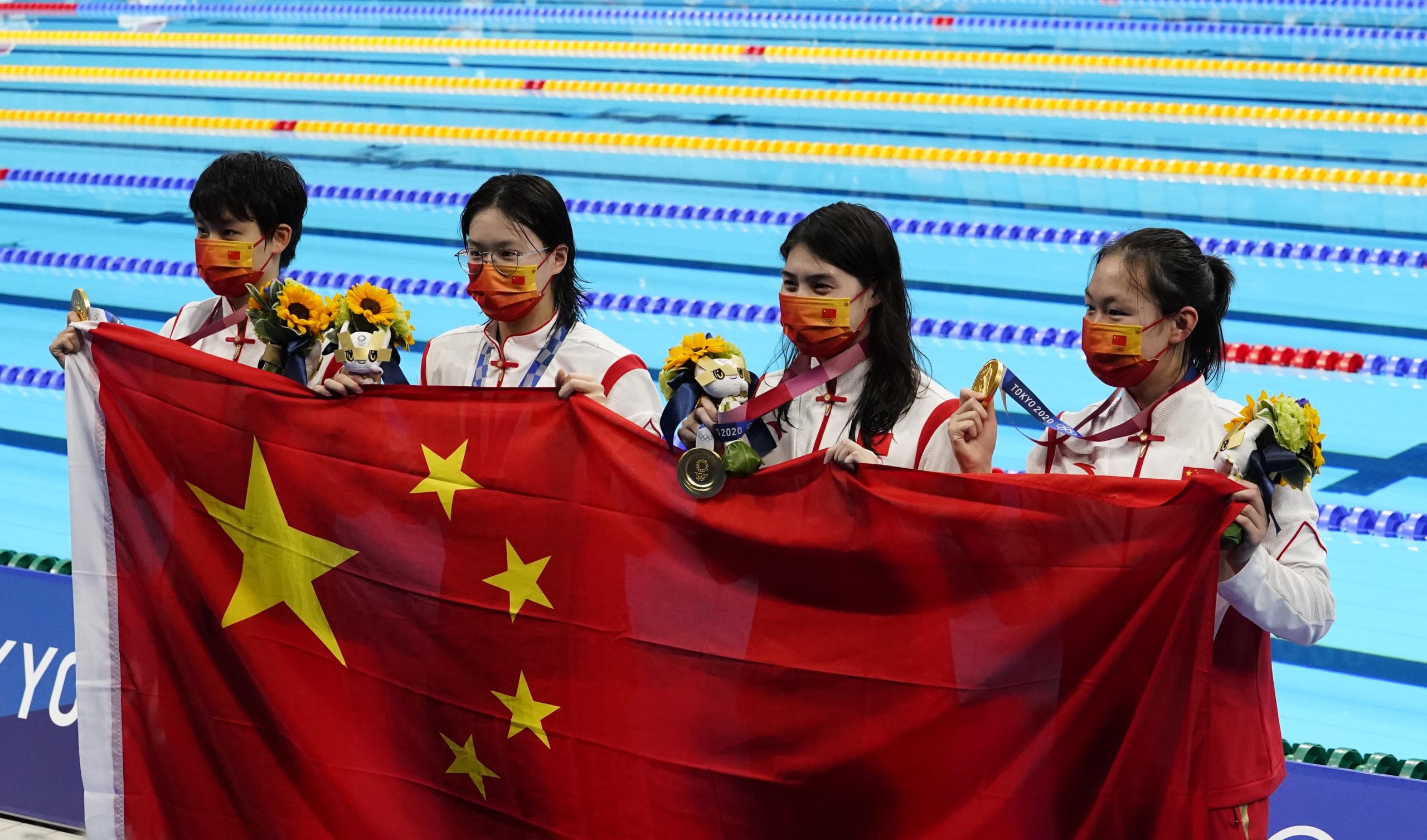Is Cam Newton getting an unfair shake from NFL officials simply because he is bigger than everybody else? That is the case Carolina Panthers head coach Ron Rivera made this week after seeing his franchise quarterback on the receiving end of a number of hits in a loss to the Denver Broncos last Thursday night. The league appears to be agreeing with Rivera.
The NFL has fined Denver Broncos linebacker $24,309 for a helmet-to-helmet hit on Newton, according to Adam Schefter. This comes despite Marshall not being flagged for at least one hit on Newton that the NFL feels should have resulted in a penalty.
NFL fined Broncos' LB Brandon Marshall $24,309 for his helmet-to-helmet hit on Cam Newton, per source.
— Adam Schefter (@AdamSchefter) September 14, 2016
“We reviewed all of the hits in the game, just like we do for every other game,” NFL Senior Vice President of Officiating Dean Blandino said on Tuesday’s edition of NFL Total Access, “and there was one call that we felt was missed.”
The missed call was deemed to be a hit from Denver linebacker Brandon Marshall. As seen clearly on instant replay video, Marshall launched his body at Newton and made helmet-to-helmet contact. Blandino attempted to explain why Newton may be hit more without penalty than other passers by suggesting Newton changes the way calls may be made (or not made) on him when he goes into a running mode.
“It’s basically the posture will dictate his protection,” Blandino explained. “So if he’s in running posture, ball tucked, advancing it as a runner, he’s treated like a runner and he doesn’t get special protection. If he’s in a passing posture, whether he’s inside the pocket/outside the pocket, he’s still going to get passer protection — head, neck, crown to the body — those types of protection. So it’s the posture that dictates the protection.
“You can be scrambling in the pocket/outside the pocket, tuck the ball and then bring the ball up to throw and throw a forward pass. So you go from a runner to a passer again, so it can go back and forth.”
As long as Newton continues to be a quarterback who can run at any moment, the refs will continue to be left to use their best discretion to determine if Newton should be officiated like a quarterback or a running back. Here’s the thing, though. Helmet-to-helmet contact is supposed to be called regardless of what position a player on the receiving end plays. While the logic Blandino offers makes sense, it does not appear to satisfy the omission of some questionable helmet-to-helmet hits Newton took against Denver.
It was only one week, folks. I’m willing to wager we will be discussing this again at some point this season.
[NFL]







